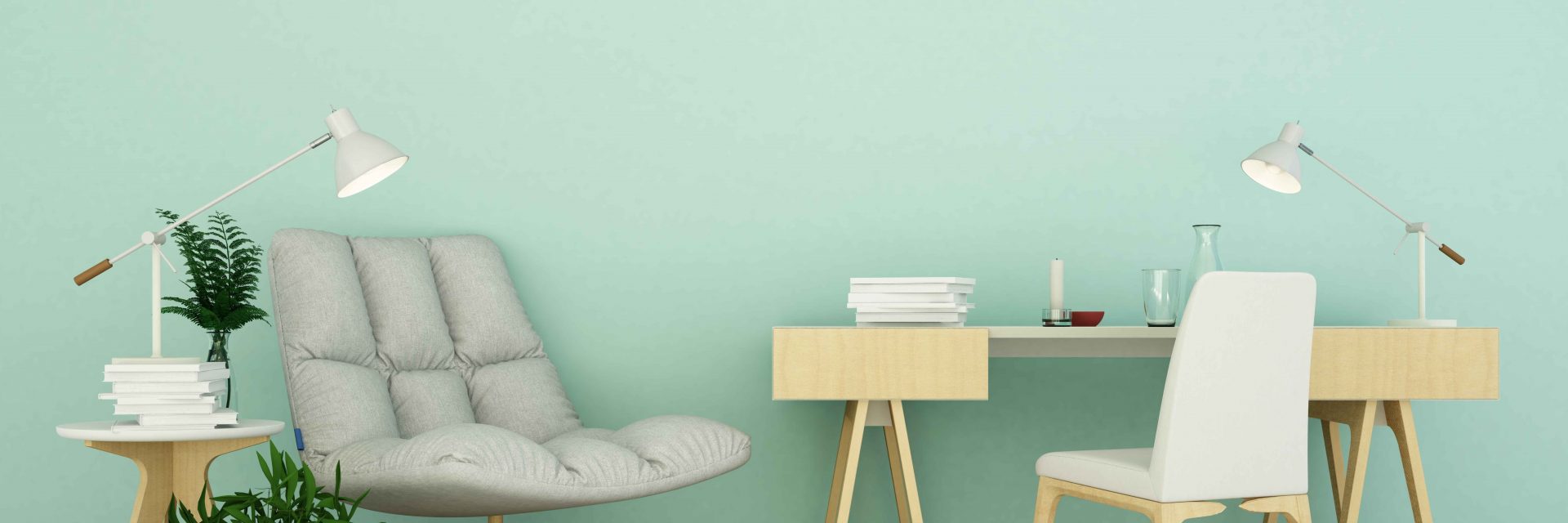Seasonal Factors In Business Exterior Paint: Secret Insights You Need To Be Aware Of
Seasonal Factors In Business Exterior Paint: Secret Insights You Need To Be Aware Of
Blog Article
Post By-Carlson Skafte
When you're intending a commercial exterior painting task, seasonal factors can make or break your outcomes. You'll wish to think about how temperature level and humidity impact paint application and drying times. Choosing the right period can guarantee your paint adheres properly and lasts much longer. However which seasons are really the most effective for this kind of job? Allow' best exterior painters out the key elements that can influence your job's success.
The Influence of Temperature Level on Paint Application
When you're intending an industrial outside painting job, the temperature level can substantially impact exactly how well the paint sticks and dries.
Preferably, you want to paint when temperatures vary in between 50 ° F and 85 ° F. If it's too cool, the paint may not heal appropriately, bring about problems like peeling off or splitting.
On the other hand, if it's as well warm, the paint can dry out too promptly, avoiding correct attachment and leading to an uneven coating.
You ought to additionally think about the time of day; morning or late afternoon uses cooler temperatures, which can be more positive.
Constantly check the producer's referrals for the specific paint you're using, as they often offer guidance on the optimal temperature array for ideal results.
Moisture and Its Effect on Drying Times
Temperature level isn't the only ecological factor that influences your industrial outside painting job; humidity plays a substantial function too. minneapolis exterior painting contractor can reduce drying times considerably, influencing the total high quality of your paint task.
When the air is saturated with moisture, the paint takes longer to cure, which can lead to issues like inadequate bond and a greater danger of mildew growth. If you're repainting on an especially moist day, be prepared for extensive delay times between layers.
It's crucial to monitor regional climate condition and plan accordingly. Ideally, aim for moisture levels between 40% and 70% for ideal drying.
Keeping these consider mind ensures your task stays on track and provides a lasting finish.
Best Seasons for Commercial Exterior Painting Projects
What's the most effective season for your industrial outside painting projects?
Springtime and very early loss are normally your best choices. Throughout these seasons, temperature levels are moderate, and humidity degrees are commonly reduced, developing optimal conditions for paint application and drying.
Avoid summer's intense heat, which can trigger paint to dry as well promptly, causing bad bond and surface. Similarly, winter season's cold temperature levels can prevent proper drying and healing, risking the longevity of your paint task.
Go for days with temperatures between 50 ° F and 85 ° F for ideal outcomes. Remember to inspect the regional weather forecast for rainfall, as damp problems can ruin your task.
Planning around these elements ensures your paint task runs smoothly and lasts much longer.
Conclusion
Finally, preparing your business exterior paint tasks around seasonal considerations can make a considerable difference in the outcome. By organizing job during the optimal temperature levels and humidity levels, you'll make sure far better adhesion and drying out times. Remember to keep an eye on local weather forecasts and choose the right time of year-- spring and early loss are your best options. Taking these actions will aid you achieve a resilient and specialist coating that lasts.
